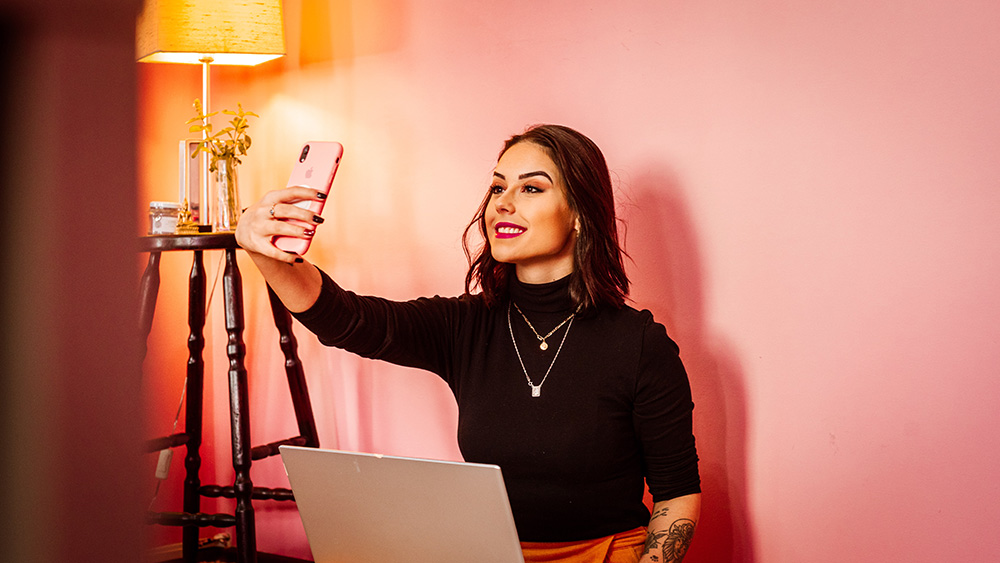In the case of micro-influencers
One of the advantages of focusing on micro-influencers is that you may contact them directly rather than going through their agents. In fact, one of the reasons why certain brands prefer to engage with micro-influencers is because of this direct access.
Of course, because micro-influencers aren’t as well-known as macro-influencers, the problem is generally locating suitable micro-influencers in the first place, rather than knowing who to contact.
Try BuzzSumo or one of these influencer marketplaces to do so.
These influencer marketplaces allow you to search for influencers using keywords from their social media biographies, and they’re a wonderful method to find micro-influencers and limit down prospective matches based on interests, industries, and audience size.
What can I say?
When approaching a micro-influencer, your pitch should be nearly identical to that of a macro-management. influencer’s Your goal is to draw attention to the possibility, show how a collaboration benefits both you and the micro-influencer, and explain why you think they’re a suitable fit for the campaign.
In an email to a micro-influencer, you should be as succinct as you would be in an email to a huge celebrity’s agency. You can send them a direct message through their social media page if you can’t find an email address for them. Micro-influencers may not receive as many requests as macro-influencers, but that does not diminish the value of their time.
As with macro-influencers, follow the same format. You can ignore the “Who” part for obvious reasons, but make sure your email to a micro-influencer just contains the “What/Where/When/Why.” Include a call to action, just like you would with a macro-agent influencer’s or management, to increase your chances of receiving a response.
There are several distinctions between contacting a micro-agency influencer’s or management and contacting a macro-agent influencer’s or manager, as you’ve surely seen. However, once you’ve made initial contact, the subsequent procedures for both should follow a similar pattern.
Following up and completing tasks
Because both influencers and their reps are quite busy, don’t be disappointed if you don’t hear back straight away. Sending a follow-up email to refresh their memory is totally acceptable.
Just make sure you send it at the right time—if you send it too early, you’ll come across as pushy, and if you send it too late, you’ll come across as uninterested in working with that influencer.
Five to seven business days after your first email is a reasonable rule of thumb for following up; if another week passes and you still haven’t heard from, go on to the next influencer on your list.
These kinds of queries come in every day for micro-influencers and agents for macro-influencers, so you have to do something to stand apart. The most straightforward approach to do so is to have a polished pitch that encompasses everything we’ve talked thus far. You demonstrate that you know what you’re doing, that you’re serious about this potential relationship, and that you’ll be easy to deal with by doing so.
Hopefully, all of your hard work will be rewarded with a “yes” from the influencer you’ve been pursuing. The contracting process is the last step before the campaign begins.
If you’re working with a macro-influencer, the deal will be handled via their agency. You’ll normally work with micro-influencers one-on-one. The documentation should be simple in any situation, given you’ve clearly explained what you anticipate the influencer to perform and what they’ll earn in return.
Decide on a structure for collaboration.
You’ll need to contact the influencers you want to work with and agree on a collaboration structure after you’ve located them. There are usually six primary areas where you’ll want to haggle:
Time limit. Make the deadline clear and emphasise how important it is for them to meet it.
Output. Make it clear what you expect from them. Two pieces of content, for example, one to be published on the influencer’s account with a mention to your brand and the other to be used at your discretion.
Use of the content Let them know what kind of content usage rights you’re looking for. Although the influencer will always maintain ownership of the content as the creator, you can usually negotiate for a two-year full-content usage permission.
Payment. Almost every influential person will charge a fee for their services. They may be ready to haggle or accept a free product/service/experience as part of the charge, but you should still expect to pay them something. Keep in mind that you’re paying for many services when negotiating a price: content development, usage rights, and access to their audience.
This is a sponsored hashtag. Sponsored content regulations differ from country to country and are constantly evolving. I recommend always using #spon or #ad and erring on the side of caution. We’ve discovered that it makes no difference to the post’s performance or reaction.
The campaign’s objective. When working with an influencer, keep your focus on the goal you’re trying to achieve. It might be as simple as growing your Instagram account’s followers or driving sales through their Instagram bio to your website or product page. Knowing what you’re aiming for as a campaign goal gets you both on the same page from the start.
Putting the relationship into action
The vast majority of influencers want the campaign to succeed as much as you do, because a negative campaign may destroy the influencer’s brand just as much as it can affect yours. But, just in case, there are a few steps you can take to protect yourself and ensure the influencer fulfils their obligations.


